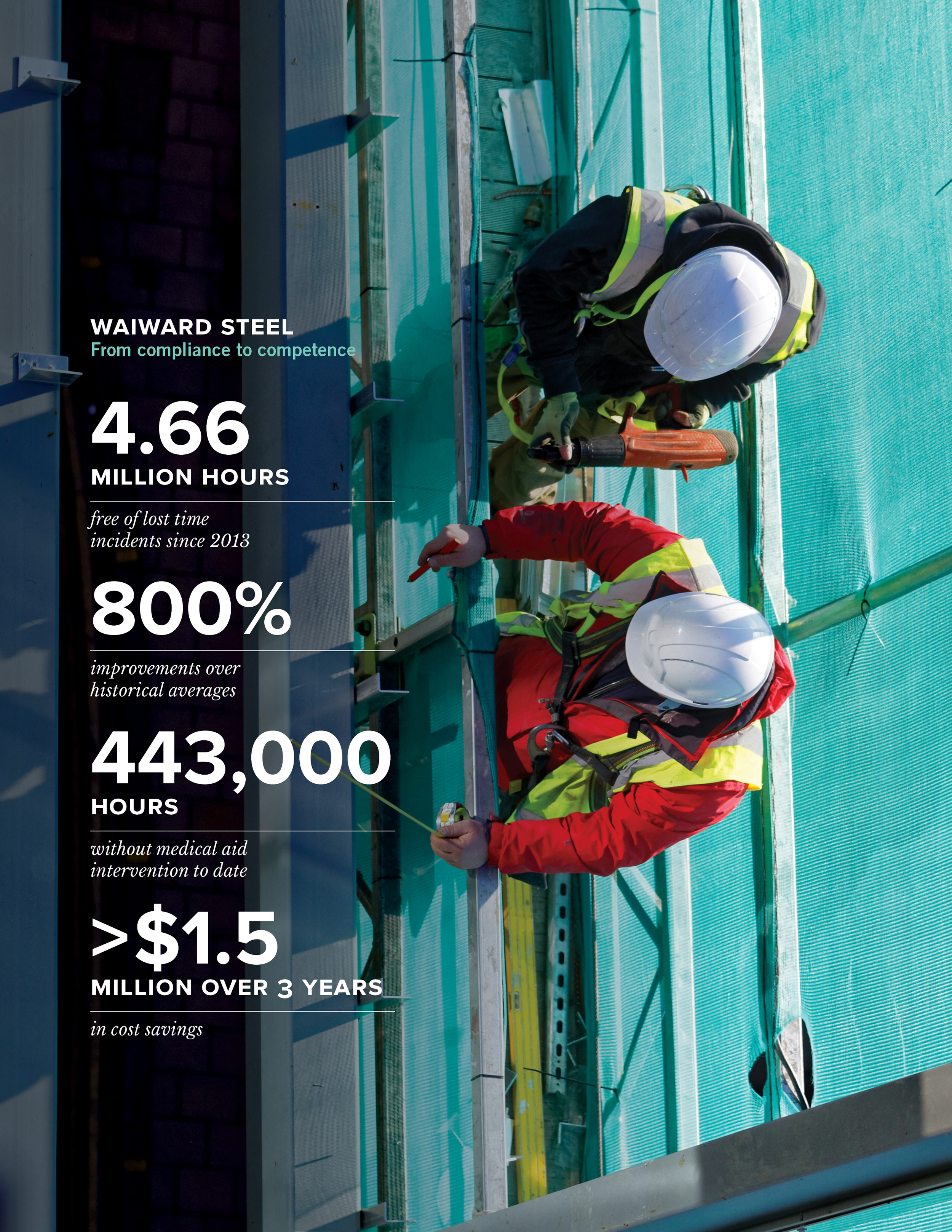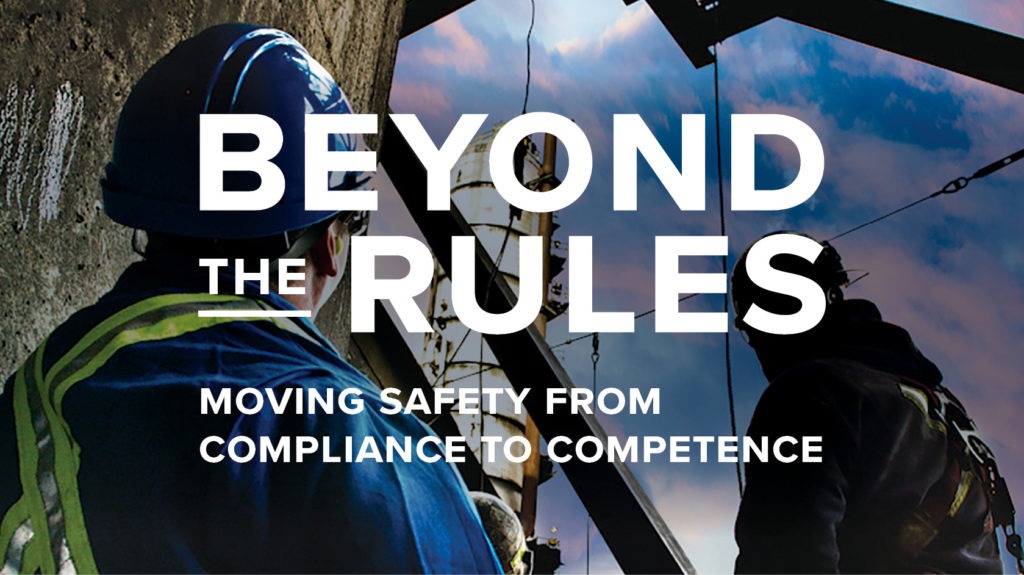Photo: Waiward Steel LP
Author: Janet Lane
Executive Summary
Despite binders full of rules and regulations aimed at making working in this country safer, Canada still has a workplace safety problem. Clearly, it is impossible to legislate every possible safety issue, or to constantly monitor every workplace for infractions.
There is a better way. First, follow all the rules, and then, go beyond them. Two case studies show that ensuring workers are competent to do the work they are assigned is the better way.
Since it implemented a competency program in 2013, Waiward Steel LP achieved a dramatic improvement in its safety record – more than 800 per cent decrease in the number of lost time claims over its historical averages. It is now at 4.6 million hours free of lost time claims. All this, without harming its relationship with its union or the profitability of its business.
Meanwhile, Canadian Natural Resources Limited has all but eliminated leaks and fires at its upgrading facility through a new program that involves ensuring its workers are more competent. This is a huge win for safety.

Waiward Steel is an Edmonton-based steel fabrication company. In response to four serious safety incidents between 2010 and 2012, the firm worked with its union to design and implement a competency program to develop and deploy its workforce. First, the relevant competencies for each task associated with a given job were identified. It also established standards and objective assessment criteria so that workers’ competencies can be assessed by their supervisors through observation. Today, any observed gaps in competence are filled, primarily through on-thejob training. The factors in the firm’s progress are: Commitment, consistent leadership, co-ordination, champions, coaching, communication, and continuous learning.
The program is fully operational today, including a database and software to help manage the competencies of the workforce. The system is rapidly becoming Waiward’s operations management system. Because the firm has improved its processes and procedures, and it sees the potential benefit to the sector and the construction supply chain, it is now offering the system to other firms and unions. Some have already taken Waiward up on the offer.

The second case study documents a change implemented at Canadian Natural. Through its Bolted Joint Integrity Management program, the firm has replaced more than 40,000 flanges at its upgrading facility. All of the start ups following scheduled maintenance shut downs since the program was implemented have resulted in zero leaks or fires. The program involves new techniques and tools, and a training program designed to ensure workers are competent in the tasks of their jobs.
To make Canada’s workplaces safer we recommend that:
• Canada build and implement a system of competency frameworks for all jobs, including standards for competence and criteria for assessing competence in the tasks and subtasks of those jobs. Employers should contribute their knowledge about the tasks and subtasks of the jobs on their worksites to the development of a pan-Canadian competency framework for their sector.
• Employers adopt a competency approach to workforce development and deployment – including assessing workers for competence by observing their work on-the-job – and then fill training gaps as quickly as possible.
• Where applicable, unions work with employers to implement workplace competency programs.
• Individuals request training when they feel less than fully competent.
The examples in this paper show that concerted efforts to implement a competency approach by employers can drastically improve safety records, provide benefits to employees and society – and give a boost to companies’ bottom lines.
This paper follows on our previous report, Matchup: A case for pan-Canadian competency frameworks, recommending policies to support pan-Canadian competency frameworks. This paper shows what a competency approach can achieve – and that implementation is possible.

